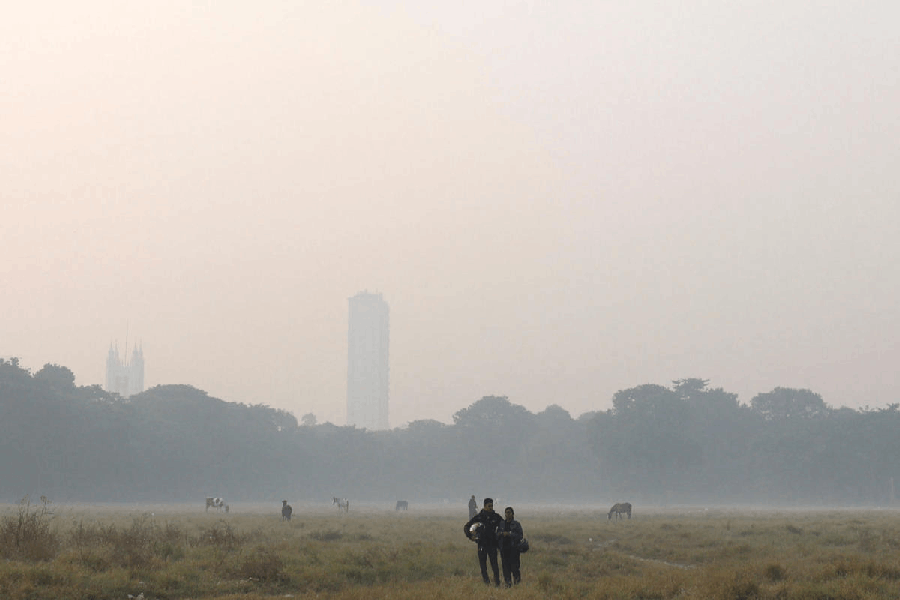India has jumped in with a Rs 1.7 trillion package of fiscal measure to provide relief to the poor and other vulnerable sections of its population stricken by the impact of the coronavirus crisis. The finance minister, Nirmala Sitharaman, unveiled the package with some flourish. But when experts pored over the measures, it became apparent that the Narendra Modi government is, once again, playing its all-too-familiar game of smoke and mirrors. The fiscal rescue plan has deftly repackaged elements of
existing welfare measures which is why there is no apparent need to seek Parliament’s approval for an extra-budgetary appropriation or even raise the Centre’s gross market borrowings capped at Rs 7.8 trillion in the recent budget.
The biggest element of the package is the plan to whittle the massive grain stockpile that is estimated at 75.3 million tonnes as of February 1. The Rs 450 billion expenditure for the scheme — labelled the ‘Garib Kalyan Yojana’ — will not involve any cash outgo. The provision of free rice and pulses to about 800 million people merely monetizes the value of a very small part of the huge food buffer created as a result of the annual procurement drive that seeks to provide remunerative prices to farmers. The cynical view is that the government needs to clear space in its overflowing godowns for next year’s programme and that if the offer had not been made, the grain might rot as it has in previous years. The government also promises to make a front-loaded payment of Rs 2,000 to roughly 80 million farmers in the first week of April. This means it will be forking out Rs 160 billion. The fact is that this will come out of the Rs 750 billion fund for which a provision has already been made in the budget under the Kisan Samman Nidhi scheme.
The Centre has also made a grand show of the insurance cover of Rs 5 million for every health worker involved in the fight against the coronavirus. But the expenditure is small — just Rs 56 billion — and it will only fatten the revenues of the state-owned insurance company that will provide the cover. The cash transfer of Rs 500 a month to 204 million women over the next three months will entail an expenditure of Rs 310 billion and seems to be the only substantial cash element in the relief package. The decisions to raise the wage floor for the rural employment guarantee scheme, free gas cylinders to 80 million rural poor, cash transfer of Rs 1,000 to women, senior citizens and differently-abled people, a special fund for construction workers and higher non-collaterized loan limits for women self-help groups raise questions about how the beneficiaries will be identified. In the absence of details, it is hard to assess how successful these schemes will be. The larger question is about parliamentary accountability: the government, unlike those in some other democracies, has chosen to sidestep legislative process. That is both unfortunate and unseemly.











